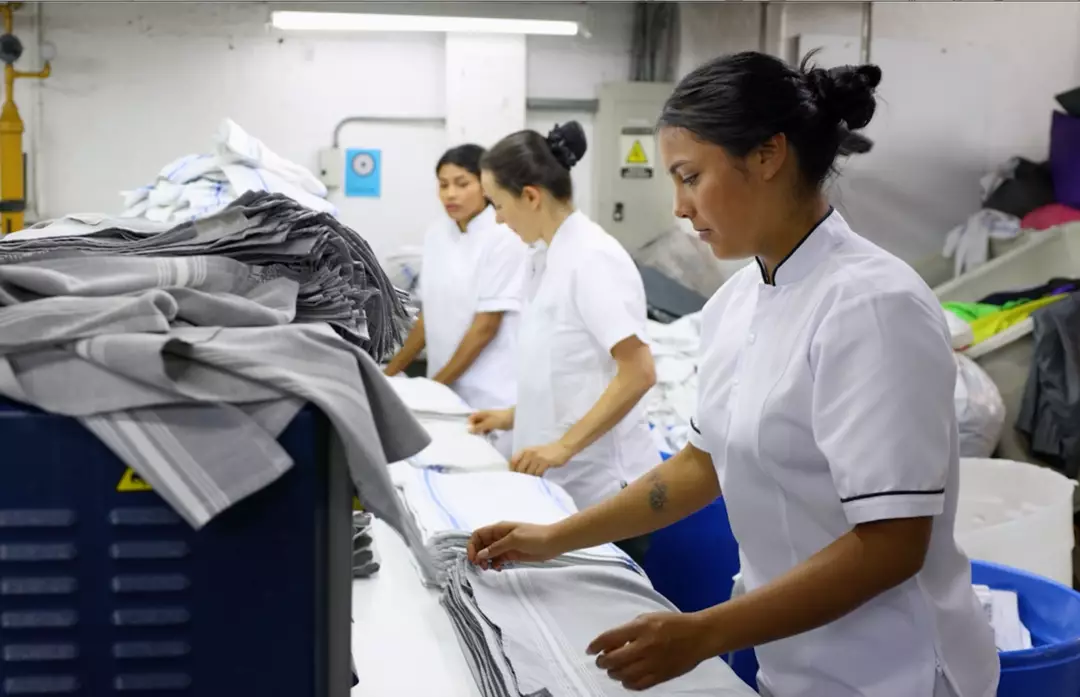A recent investigation has revealed that individuals might be unknowingly exposed to a chemical present in cleaning products that could heighten their risk of developing a serious health condition.
The dynamic nature of health science often brings unexpected discoveries, and a team of researchers were astonished by their findings in a study examining the blood samples of adults across the United States.
Scholars from the Keck School of Medicine at the University of Southern California conducted an analysis of blood samples from 1,614 adults aged 20 and older, collected between 2017 and 2020.
The dataset was sourced from the National Health and Nutrition Examination Survey, which is considered a representative survey of the US demographic.
Their research revealed that approximately seven percent of the population had measurable levels of Tetrachloroethylene (PCE) in their bloodstream.

This chemical is often used in certain adhesives, spot cleaners, and stainless steel polishes, and has been associated with a threefold increase in the risk of developing liver fibrosis.
According to the Cleveland Clinic, fibrosis is described as ‘a gradual stiffening of your liver as thin bands of scar tissue gradually add up’.
“Scar tissue reduces blood flow through your liver, which reduces its access to oxygen and nutrients,” clarifies the clinic. “This is how your liver’s vitality begins to gradually decline.”
Liver fibrosis has the potential to develop into liver cancer, liver failure, and can be fatal, although it is sometimes reversible, as noted by the hospital.
The study indicated that individuals exposed to the PCE chemical had a tripled likelihood of experiencing significant liver fibrosis compared to those without such exposure.
Dr. Brian P. Lee, the study’s lead author, hepatologist, and liver transplant specialist, remarked, “We were surprised that so many people have detectable PCE in their blood, and that the link with liver scarring was so strong.
“Since prior studies have mainly focused on people who are exposed to PCE for work (e.g. work at the dry cleaners), I think people will be surprised by their exposure, even when they don’t directly work with PCE.”

Dr. Lee further mentioned that individuals from higher-income households might be more susceptible to exposure.
He elaborated: “People with higher incomes may be more likely to use dry cleaning services, which could increase their exposure to PCE.
“However, people who work in dry cleaning facilities may also face elevated risk due to prolonged, direct exposure to PCE at work.”
Dr. Lee also highlighted that other health factors typically linked with poor liver health, such as alcohol consumption or obesity, did not seem to contribute significantly to liver fibrosis when PCE was present in the bloodstream.
He suggested that PCE exposure could be the underlying cause in patients lacking the usual health conditions associated with liver disease.

